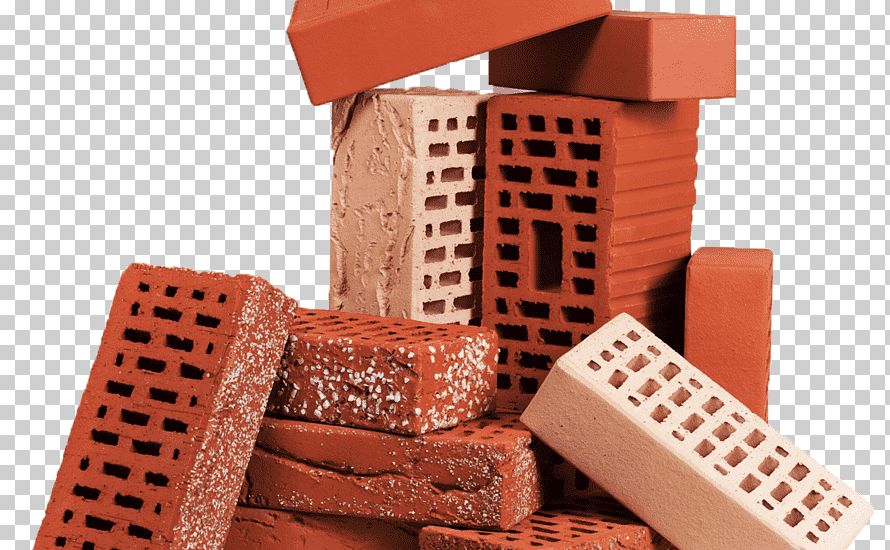When embarking on a construction project, one of the most critical decisions involves selecting the right materials. Among the most common choices are brick and cement, each offering unique benefits and drawbacks. A question that often arises is: Is it cheaper to lay brick or cement? This article delves into the cost implications of both materials, considering various factors that influence their overall expense, durability, and suitability for different applications.
Understanding the Basics: Brick and Cement
Before we dive into the cost analysis, it’s essential to understand what we mean by brick and cement.
- Brick: Typically made from clay or concrete, bricks are fired in a kiln to create a durable building material. They are known for their aesthetic appeal, thermal insulation properties, and longevity.
- Cement: A key ingredient in concrete, cement is a powdery substance that, when mixed with water and aggregates, forms a strong and versatile building material. It is often used for foundations, walls, and various structural applications.
Cost Factors to Consider
When comparing the costs of laying brick versus cement, several factors come into play:
- Material Costs:
- Bricks: The price of bricks can vary significantly based on type, quality, and local availability. On average, the cost of standard clay bricks ranges from $0.50 to $1.50 per brick, while concrete bricks may be slightly cheaper.
- Cement: The cost of cement is generally lower than that of bricks, with prices averaging around $100 to $150 per ton. However, the total cost will depend on the amount of cement required for the project.
- Labor Costs:
- Bricklaying: Laying bricks is labor-intensive and requires skilled masons. Labor costs can range from $30 to $70 per hour, depending on the region and the complexity of the design.
- Cement Work: Pouring and finishing concrete is typically less labor-intensive, which can lead to lower labor costs. However, specialized techniques, such as stamped or polished concrete, may require skilled labor, potentially increasing costs.
- Installation Time:
- Bricks: The installation of brick walls can be time-consuming due to the need for precise alignment and mortar application. This can lead to longer project timelines and increased labor costs.
- Cement: Concrete can be poured quickly, allowing for faster project completion. However, curing time must be considered, as concrete needs time to set and gain strength.
- Maintenance and Longevity:
- Bricks: While the initial cost may be higher, brick structures often require less maintenance over time. They are resistant to rot, pests, and weathering, which can save money in the long run.
- Cement: Concrete is durable but can be prone to cracking and may require sealing or resurfacing over time. This can add to the overall maintenance costs.
A Comparative Cost Analysis
To provide a clearer picture, let’s consider a hypothetical project: constructing a 1,000-square-foot exterior wall.
- Brick Wall: Assuming an average of 7 bricks per square foot, you would need approximately 7,000 bricks. At an average cost of $1 per brick, the material cost would be around $7,000. Adding labor costs (let’s estimate 100 hours at $50/hour), the total cost would be approximately $12,000.
- Cement Wall: For a concrete wall, you would need about 10 cubic yards of concrete. At an average cost of $130 per cubic yard, the material cost would be around $1,300. If we estimate labor at 40 hours (due to quicker installation), the total cost would be approximately $2,300.
Conclusion: Which is Cheaper?
Based on the above analysis, it is evident that laying cement is significantly cheaper than laying brick for this particular project. However, the decision should not be based solely on initial costs. Factors such as aesthetic preferences, structural requirements, and long-term maintenance should also be considered.

